Politics
How political party platforms – like the Republicans’ Trump-inspired one for 2024 – can help voters understand American politics
Political parties’ platforms – their statements of where they stand on issues – get little respect. In 2020, then-President Donald Trump mused he might shrink his party’s platform from 66 pages in 2016 to just one page – but ultimately the party just kept the same platform document from four years earlier. Even as far back as 1996, Republican presidential candidate Bob Dole claimed he had never read his party’s platform.
The 2024 Republican Party platform, released July 8, closely follows Trump’s policy proposals and campaign rhetoric. If the Republicans just adapted Trump’s regular speeches, and Dole didn’t even read it, why should you care about a party’s platform?
As a scholar of U.S. party politics, I have seen that party platforms are a vital clue about which groups hold real power in the two major national parties. They can also help you predict what the national government will actually do during the next four years.
Where does the platform come from?

Each national party has a platform-writing committee, composed of major party figures and representatives of interest groups closely linked with the party. They do their work in the spring and summer before the presidential conventions.
When there’s a first-term president, his or her party’s committee gets its direction from the White House; presidents don’t want to run for reelection on a platform other than their own. The opposition party’s platform is very much under the control of its presidential candidate – for the Republicans, this year, Donald Trump – and his closest advisers.
The opposition party’s platform committee normally holds hearings around the nation, in person and online, to hear from the public. In reality, those who testify are almost always leaders of interest groups.
In 2024, the Republicans decided not to follow that process. The Republican National Committee’s platform committee met in private instead to create a platform under Trump’s guidance.
Writers of party platforms must combine the stirring – though very abstract – values that brought supporters to the party with the specifics desired by the party’s allied interest groups as the price of their loyalty.
That means simultaneously touting rhetorical key points such as strong national defense, fair treatment of all people or a great educational system while making particular promises, such as pledges to nominate right-wing judges and devolve abortion policy to the states or reduce particular emissions that cause climate change. The strongest party factions can get their goals written directly into the text of the party platform.
As a result, platform writers have to navigate the tension between candidates’ desire for a broad appeal to voters and interest groups’ insistence on explicit commitments to their goals. Typically, most of the platform’s language involves stirring appeals to the broader electorate. The rest is a laundry list of specific promises to organized groups.
Once it’s written, the platform is adopted by the party’s quadrennial national convention. In times past, fierce debate ensued over some platform elements, such as abortion. Now, the parties are so polarized, and the national conventions have become such a public display of unity and enthusiasm, that they try to avoid debate about the platform. JL: alt text missing for caption below

What happens then?
The party leadership can’t do anything to enforce its platform – and can’t even expel candidates who reject or only weakly support the platform. That’s because party leaders don’t choose the party’s candidates; the voters do, in primary elections, and voters don’t necessarily heed the advice of national party leaders.
The classic example of this is Rep. Phil Gramm, elected by voters in his Texas House district as a Democrat in 1978. Gramm sided with Republican House members to support President Ronald Reagan’s policies, and his Democratic colleagues punished him by taking away his seat on the prized House Budget Committee.
Undaunted, Gramm returned to his district and ran for his old seat as a Republican. He won. The fact that Gramm had been elected as a Democrat but rejected a key plank in the Democratic national platform apparently didn’t bother his voters at all.
There are even times a national party would rather that its candidate in a particular district not support the party’s platform. For instance, if Republican voters in a swing congressional district have chosen to nominate a candidate who supports government action to combat climate change, that’s probably the type of Republican most likely to win in that district. It wouldn’t benefit national party leaders to fight for a pro-coal and -oil candidate who would likely lose that district to a Democrat.
Signals of coming action
Platforms may not bind elected officials, and they may go unread by almost everybody. Yet they do have meaning.
Those who do read them can make a good guess about how a party’s elected officials will behave in office. Researchers find that when a party controls Congress and the White House, its spending priorities reflect issues emphasized in its platform most of the time. Most presidents make some effort to carry out their campaign promises; when they fail, it’s normally been because of congressional opposition or changing events.
Shifts in the platform over time are often significant indicators of change in the party. When the 1980 Republican platform dropped the party’s long-standing commitment to the Equal Rights Amendment and adopted strong anti-abortion language, that was clear evidence of the shift toward right-wing populism that now characterizes the Republican Party.
So you may never read a party platform, but don’t dismiss it as fluff; at least since World War II, it can tell you a lot about [how the party will spend your tax dollars] and seek to regulate your behavior if it wins power.
This is an updated version of an article originally published July 23, 2020.
-
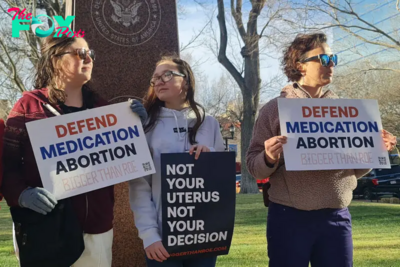
 Politics4h ago
Politics4h agoHow the Biden Administration Protected Abortion Pill Access—and What Trump Could Do Next
-

 Politics4h ago
Politics4h agoWhy Trump’s Tariffs Could Raise Grocery Prices
-

 Politics15h ago
Politics15h agoThe First Trans Member of Congress Expected Pushback Like Mace’s Bathroom Rule
-
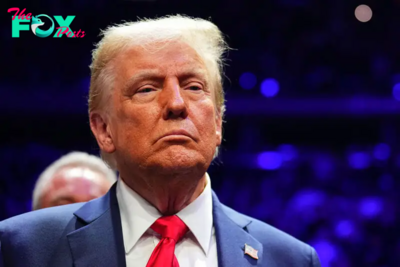
 Politics15h ago
Politics15h agoNew York Prosecutors Oppose Dismissing Trump’s Hush Money Conviction
-

 Politics20h ago
Politics20h agoWhite House Christmas Tree Is a Symbol of Resilience for Hurricane-Hit North Carolina Farms
-
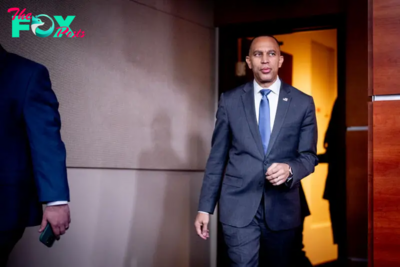
 Politics1d ago
Politics1d agoHakeem Jeffries Wins Reelection as House Democratic Leader Despite Party’s Losses
-
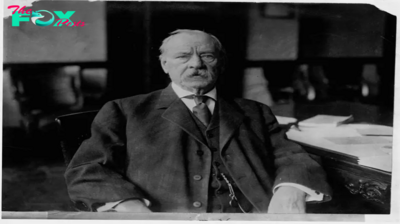
 Politics1d ago
Politics1d agoHow Grover Cleveland’s Grandson Feels About Donald Trump Becoming the Second U.S. President to Serve Nonconsecutive Terms
-
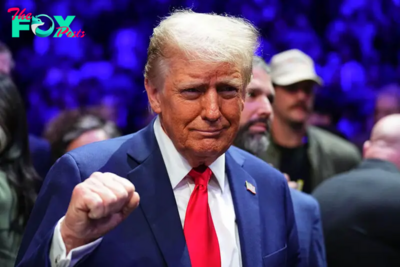
 Politics1d ago
Politics1d agoAs Trump Seeks Mass Deportations, Workplace Raids May Not Help Much
















